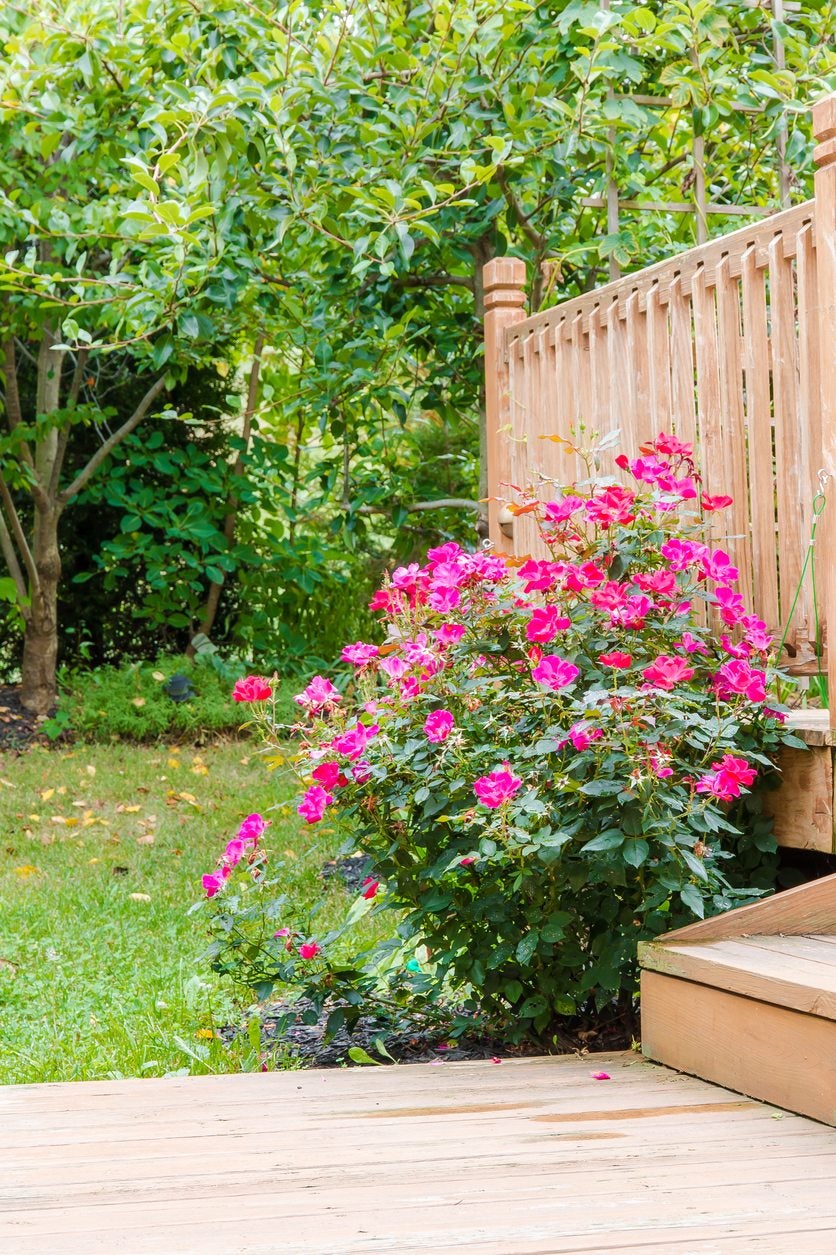Knock Out Rose Varieties: Can You Grow Knock Out Roses In Zone 8

Knock Out® roses are an extremely popular group of rose varieties. These easy-to-care-for shrub roses are known for their disease resistance, including good resistance to black spot and powdery mildew, and they require much less attention than most other garden rose varieties. They also produce abundant blossoms from spring to fall. With all these good qualities, many gardeners have wondered whether it’s possible to grow Knock Out roses in zone 8.
Can You Grow Knock Out Roses in Zone 8?
Yes, you can. Knock Out roses grow in zones 5b to 9, and they certainly do well in zone 8. Knock Out roses were first developed by breeder Bill Radler and released to the market in 2000. Since the introduction of the original variety, eight additional Knock Out rose varieties have been made available. Types of Knock Out roses include specimens suitable for a wide range of planting sites and flower colors that include red, pale pink, white, yellow, and even coral. The only disadvantage of the Knock Out rose varieties is their lack of fragrance, with the exception of Sunny Knock Out, a sweet-scented yellow variety.
Knock Out Roses for Zone 8
Knock Out roses do best in full sun but can tolerate light shade. Ensure good air circulation between plants to prevent diseases. After planting, water your roses regularly for the first month or so. Once established, these varieties are drought tolerant. Knock Out roses can grow 6 feet tall with a 6 foot spread (2 x 2 m.), but they can also be pruned to a smaller size. For optimum health and flowering, prune these roses in early spring. Remove about one-third to one-half of the shrub’s height, prune off any dead branches, and reshape if desired. You may optionally prune your Knock Out roses back by one-third in autumn to help control their growth and improve their shape. When pruning, cut canes just above a leaf or bud axil (where the leaf or bud emerges from the stem). Throughout the blooming period, deadhead faded flowers to keep new flowers coming. Provide your roses with an appropriate fertilizer in spring and again just after the fall pruning.
Sign up for the Gardening Know How newsletter today and receive a free copy of our e-book "How to Grow Delicious Tomatoes".
Ilana Goldowitz Jimenez is a scientific and agricultural writer with a B.S. in Plant Sciences from Cornell University and a PhD in Chemical Biology and Infectious Disease from Harvard University.